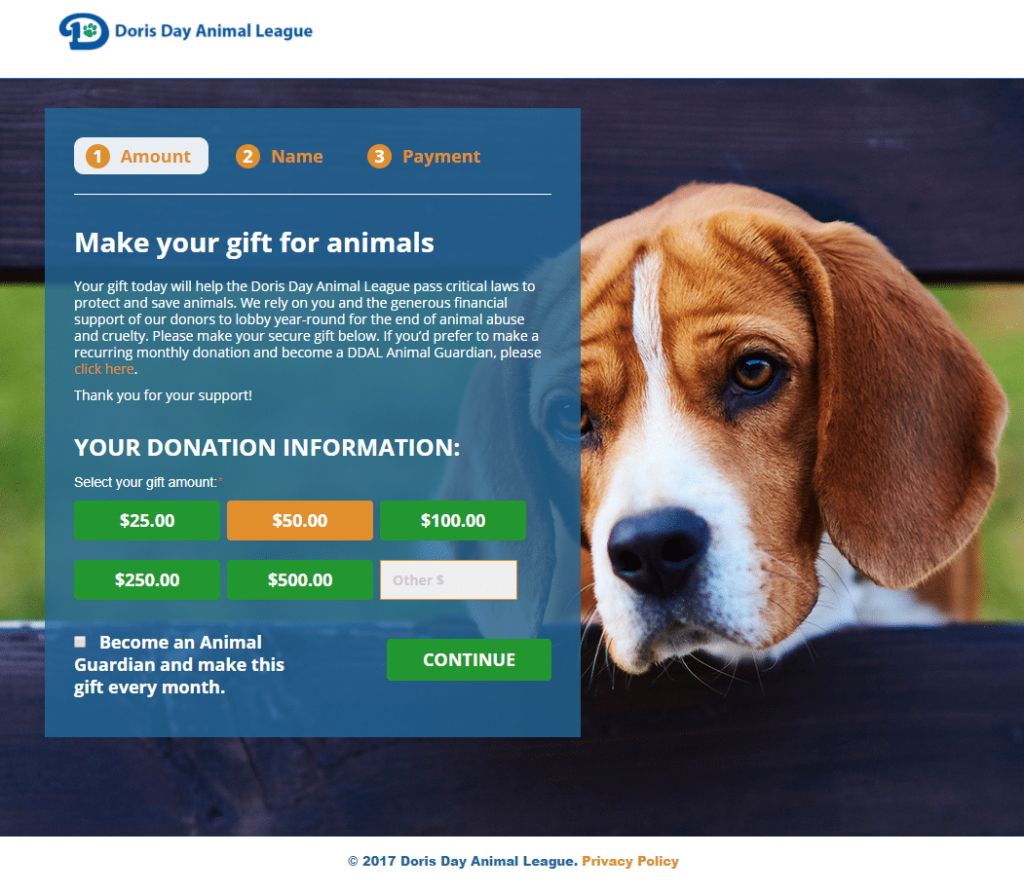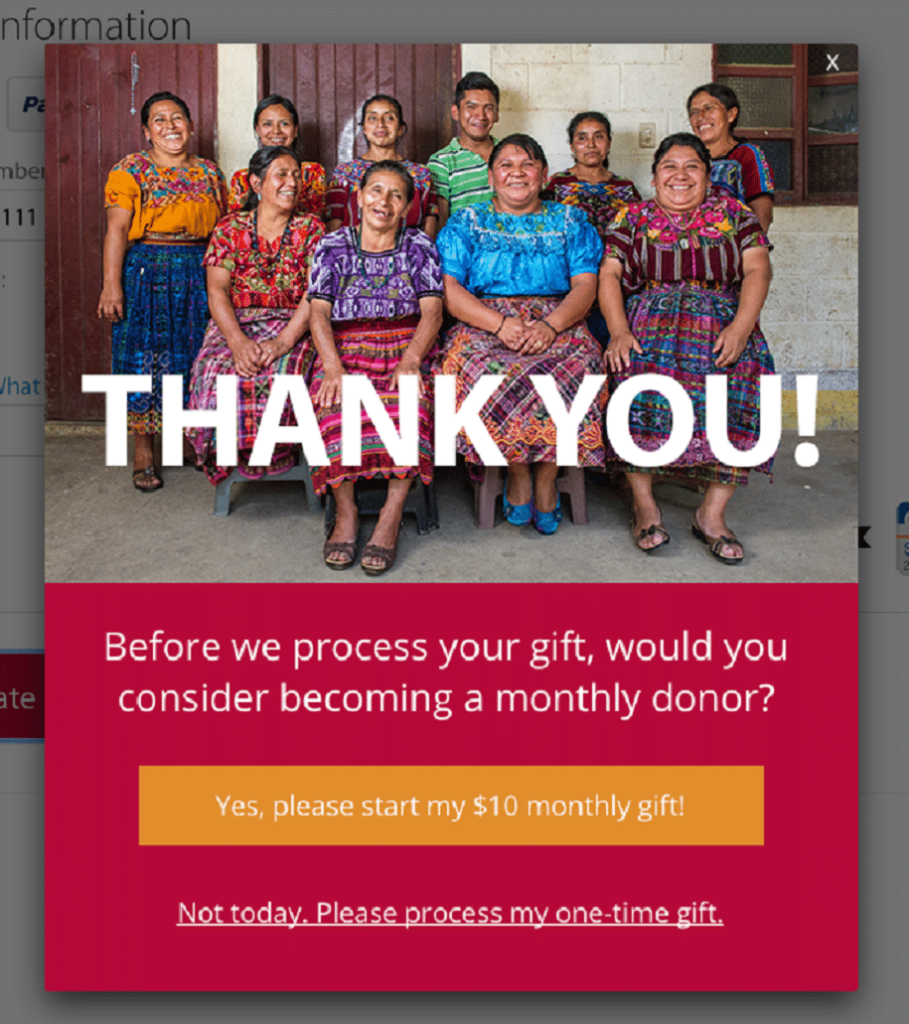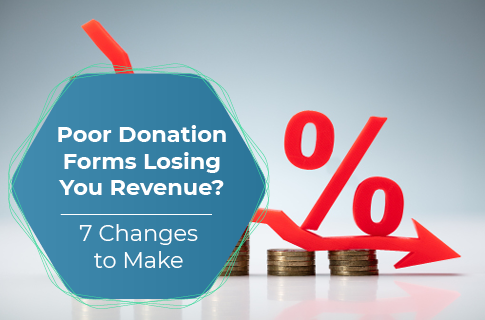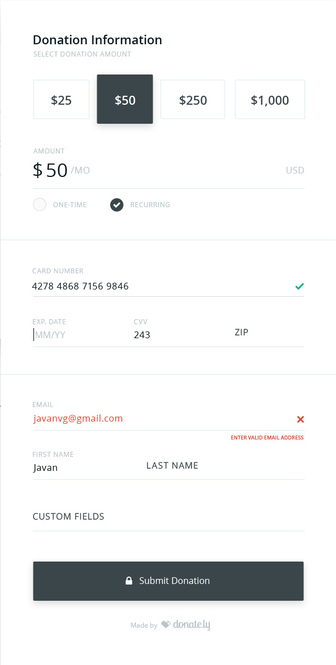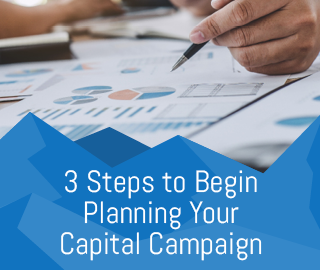Every ten years or so, organizations often find themselves needing to make significant investments that allow them to grow their fundraising capacity and operate more effectively. Especially amid today’s challenges, the ability to serve more constituents and reliably raise support efficiently could be game-changing for your nonprofit’s mission.
For many nonprofits, capital campaigns are the answer. These major undertakings are complex, intensive, and high-stakes, but the payoff from a well-planned and -executed capital campaign can be immense.
One of the most critical aspects of capital campaigns is relationship-building. Connecting with donors, volunteers, and partners in meaningful ways is essential for success at every stage of your campaign. This means that communication, messaging, and marketing have extremely important roles to play at different points in your strategy.
For instance, once you’ve completed a capital campaign feasibility study and have outlined concrete plans, you’ll need to spend the majority of your campaign focusing heavily on personalized outreach to your prospective major donors. However, broader marketing strategies will be essential in the later kickoff and public stages of your campaign.
If your organization has never conducted a capital campaign before, it can be difficult to know exactly how these marketing strategies should differ from your typical approach when promoting fundraising campaigns and events. We’ve got you covered with this crash course. We’ll discuss these essentials:
- The Team
- The Timeline
- The Materials
- The Tools
For the best results (and fewest headaches), these elements all need careful attention long before your campaign reaches its public stage. Having a clear understanding of what you’ll need ahead of time will help ensure you’re ready to connect with your broader community and show them how their help will take your campaign over the finish line.
The Team
As you get started planning a campaign, go ahead and form a dedicated marketing committee. This team should consist of board members, staff, and volunteers. Although many of your broader marketing efforts won’t come into play until the last stages of your campaign, your team will need ample time to prepare.
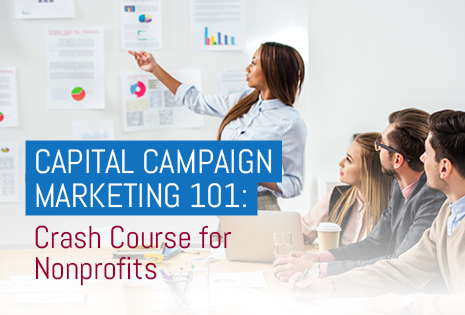
Clearly designate what this committee’s responsibilities will be, and delegate tasks to specific individuals whenever possible. Outline in advance the different points at which they’ll need to work closely with other campaign teams, like getting sign-off from the steering committee on major strategic decisions or collaborating with the kickoff committee to promote your virtual kickoff event.
With these guidelines in place, you’ll then need to actively prepare and equip your marketing team with the right tools and strategies for the job. For example, consider these core areas where they’ll need initial guidance and support:
- Templates and style guides. We’ll walk through specific types of marketing materials you’ll need below, but it pays to put some thought into them early in the process. This gives you plenty of time to refine the templates, visual branding, and core messaging of your public phase marketing long before it’s time to roll them out.
- Tech guidance. Make sure your marketing team is familiar with the different tools they’ll need to promote your campaign effectively. For instance, does everyone (or at least one point person) know how to create segmented mailing lists in your CRM? Think about the tech-related tasks on their plate and provide training and documentation as needed.
- Meeting etiquette and cadences. How exactly will your different teams and committees interact? Set some standards early about meeting etiquette, drafting agendas, and follow-up processes. Then, clearly document and communicate these protocols to your various teams to start them off on the right foot.
Capital campaigns are complicated and long (often lasting upwards of two years), so it definitely pays to take an organized approach. Although many of your marketing efforts won’t ramp up until your campaign’s later phases, your marketing team will still need time to refine their strategies and prepare relevant materials. Give them a head start by clearly outlining their responsibilities and providing additional guidance!
The Timeline
With your marketing committee formed and initial guidelines and responsibilities in place, you’ll then need to ensure they actually understand the bigger picture of your campaign.
If this is your organization’s first capital campaign, it’ll be useful to start with the basics. This Capital Campaign Toolkit guide walks through the seven core phases of successful campaigns:
- Pre-campaign planning
- The feasibility study
- Campaign planning
- The quiet phase
- Kick-off
- The public phase
- Post-campaign activities
Once everyone has a solid grasp on the overall trajectory of your campaign and its timeline, it’ll be helpful to put some thought into the exact roles that each committee or team will play during the different stages. For your marketing team, these roles might be broken down like this:
- Planning Phase – Preparing marketing materials and outlining marketing strategies
- Public Phase – Creating and sharing relevant materials needed for discussions with prospects, including the campaign’s website or project renderings
- Kick-Off – Promoting your campaign’s kick-off festivities to a broader audience of smaller donors and the community as a whole
- Public Phase – Using the prepared materials to market your campaign to the entire community using social media, email, your website, and any other relevant outlets that are part of your overarching digital strategy
This is a fairly basic example, but the main idea is that more preparation and clearly outlined guidance are always better than less. Try taking an extremely detailed approach, listing out the specific activities, milestones, and KPI goals that need to be accomplished at each stage. This level of detail will give your marketing team solid footing and a concrete plan of action to continually refer to and refine as needed.
The Materials
As mentioned above, you’ll need a wide variety of marketing materials ready to roll out at different stages of your capital campaign. Preparing many of them in advance is definitely a smart move and can prevent backlogs and logistical confusion between teams once the campaign is fully underway.
Common types of marketing collateral that you’ll need during a capital campaign include:
- A case for support document. While your actual case for support is a much broader concept than a single brochure, having a visually-appealing document that distills your argument into its essentials can be very helpful. This Capital Campaign Toolkit overview walks through the critical questions that your own case for support must answer before it can be translated into a brochure or packet.
- Campaign logo and style guide. Your capital campaign will likely have its own unique brand and theme separate from your nonprofit’s main brand. Start gathering these resources and guidelines in one central location for easy reference during the campaign.
- Donor discussion guide. This resource likely won’t be donor-facing, but giving your development team an organized document that details your campaign’s case for support, goals, and relevant contextual details can be invaluable during their conversations with prospects.
- Renderings and other design collateral. If your capital campaign is funding a physical project, like a new building or renovations, professional renderings will show your prospects and the broader community exactly what their support is going towards.
- A dedicated campaign website. Create a microsite (or even just a dedicated page on your main website) to host all relevant materials for your capital campaign. This can be an extremely effective way to anchor all of your digital marketing strategies and gives you a central location to point supporters towards during the public phase.
- Email and social media templates. Having ready-made templates for announcements, event invitations, and fundraising appeals can save your team a ton of time during the broader last stages of your campaign. Create a library of these resources in advance, and be sure to link them to the most appropriate landing pages on your campaign’s site.
- Training materials for volunteers. Chances are some (if not most) of your team will be working on a capital campaign for the very first time. If you’re recruiting dedicated volunteers to help with any aspects of your campaign, you’ll need to set them up for success. Although not directly related to marketing, you should still take the time to gather or create relevant training materials as needed.
Compiling and creating materials like these before you need them will be a smart move. Take time during the campaign planning process to outline the types of marketing and communication resources that you’ll want, and have your marketing committee start crafting them right away.
Pro tip: It’s a common misconception that capital campaigns need to rely on glossy brochures from the very start. You’ll definitely want to prepare these types of materials in advance to ensure you’ll have them on hand when the time comes. However, don’t start heavily using them until the later stages of your campaign. Your conversations with prospective major donors should be highly personal and one-on-one, not handled by a brochure alone!
The Tools
We’ve already touched on the importance of technology and web design for modern capital campaigns, but it’s worth diving into more deeply. In today’s digital age, a variety of tech tools are needed for effectively marketing a capital campaign during its public phase. These include:
- A dedicated website builder tool, also called a content management system (CMS). Your organization likely already uses a professional-grade CMS to manage its main website, so see how easily you can create new campaign pages or microsites.
- A database or constituent relationship management (CRM) platform to receive incoming engagement data and generate segmented mailing lists. Your database will also be an essential tool for your development or fundraising team, so make sure it’s in good shape before the campaign begins.
- Email design and scheduling tools for streamlining your email marketing efforts. Free platforms like Mailchimp are a popular choice for smaller organizations, but your CRM may also include built-in email tools.
- Social media profiles to promote your campaign to the public and direct readers towards your campaign’s main page or site. If you don’t yet have dedicated profiles for your nonprofit on Facebook, Instagram, and Twitter, now is the time to set them up!
- Design software for creating digital and physical marketing materials. The Adobe suite of design tools is a reliable choice, but there are other free options online that may work for your organization, as well.
- Google Grants for free advertising to promote your mission and campaign. Just be sure to study up on these opportunities and then apply for them well in advance of your campaign’s public phase.
Even beyond marketing tools, you’ll need to ensure your nonprofit is well-equipped to handle various aspects of your capital campaign in an organized way. For example, explore prospect research tools and volunteer management software if you don’t yet have reliable systems in place.
Revenue-boosting tools like corporate philanthropy databases can be a great idea as well! The right options can help you secure matching gifts for individual donations and volunteered time, laying the foundation for larger corporate sponsorships in the future. Plus, you may even choose to promote matching gift opportunities as part of your public phase marketing. In that case, giving donors an easy way to check their eligibility will be essential.
Although broad marketing efforts won’t come into play until the later stages of your capital campaign, it definitely pays to be prepared. An organized team, coherent timeline, library of marketing collateral, and the right tools for the job will all be critical pieces of the puzzle when it’s time to start spreading the word about your campaign to the larger community.
Step-by-Step Campaign Checklist & Guide
This intuitive guide breaks down each step of your campaign, and the timeline allows you to visualize your whole campaign from start to finish! Download this free campaign checklist now!
Amy Eisenstein, ACFRE, and Andrea Kihlstedt are co-founders of the Capital Campaign Toolkit, a virtual support system for nonprofit leaders to run successful campaigns. The Toolkit provides all the tools, templates, and guidance you need — without breaking the bank.
About the Author: Andrea Kihlstedt

Andrea Kihlstedt is a Co-Founder of the Capital Campaign Toolkit. She is the author of Capital Campaigns: Strategies that Work, now in its 4th edition, as well as How to Raise $1 Million (or More) in 10 Bite Sized Steps, in addition to other books. Andrea has been leading successful capital campaigns for more than 30 years. To learn how the Capital Campaign Toolkit can support you through a capital campaign, visit capitalcampaigntoolkit.com.
